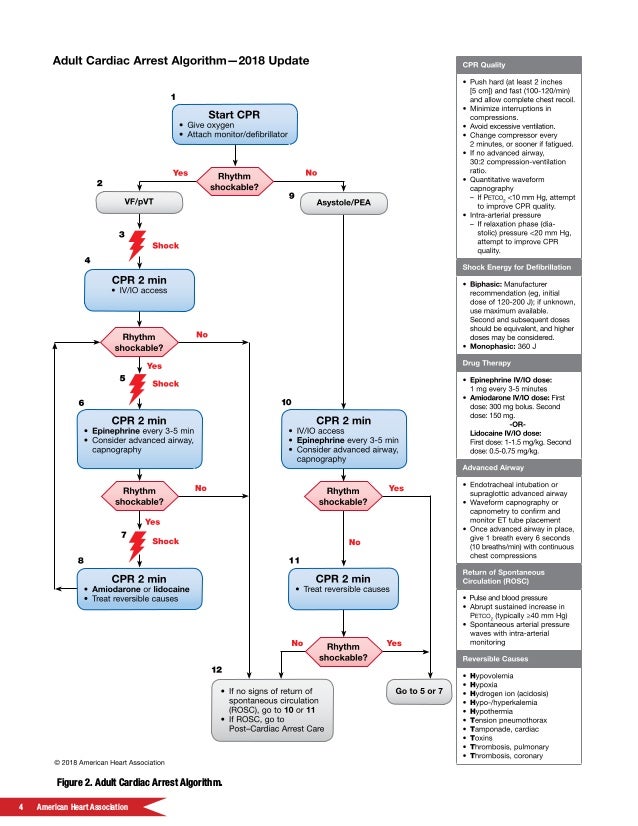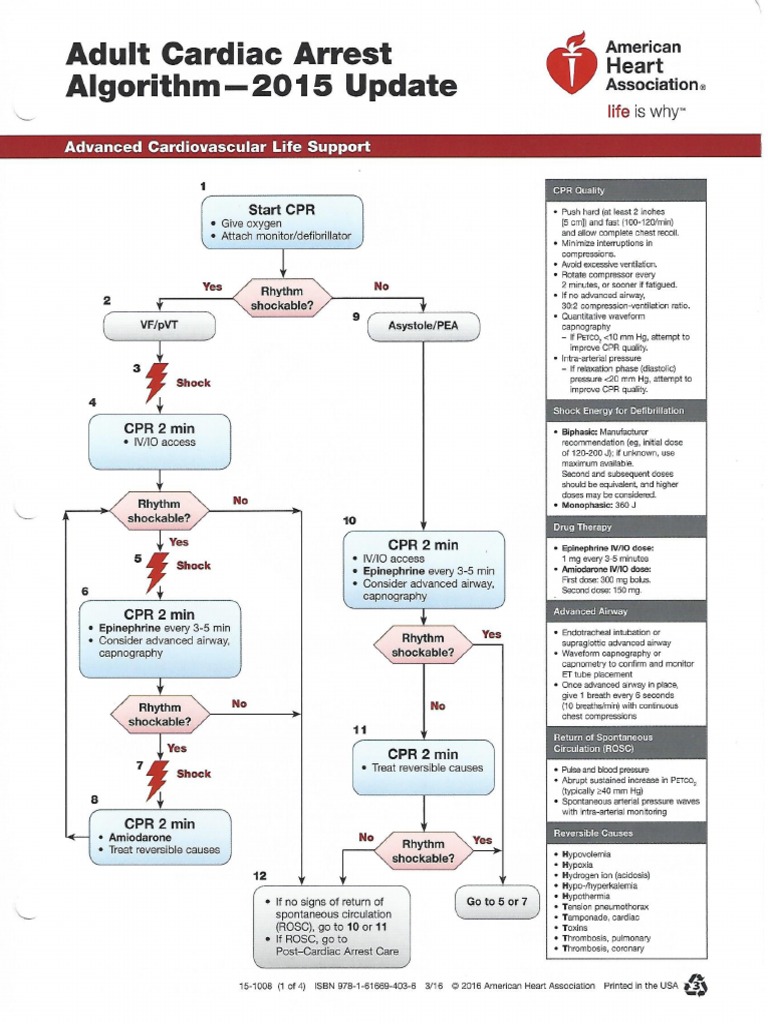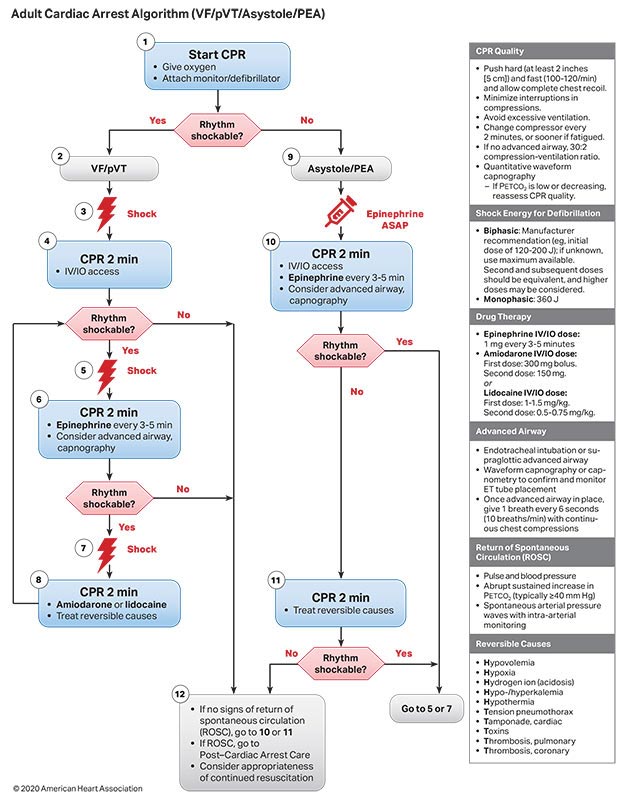Today, I wanted to discuss an important topic in emergency medicine: the ACLS algorithms for managing symptomatic bradycardia. Bradycardia, which is characterized by a heart rate below 60 beats per minute, can be a serious condition that requires rapid intervention. The American Heart Association has developed specific algorithms to guide healthcare providers in the management of this condition.
Symptomatic Bradycardia ACLS Algorithm
 The ACLS Revision: Symptomatic Bradycardia algorithm, as shown in the image above, provides a step-by-step guide for managing patients with bradycardia and signs and symptoms of poor perfusion. It emphasizes the importance of identifying and addressing the underlying cause of the bradycardia while providing immediate interventions to optimize the patient’s hemodynamic status.
The ACLS Revision: Symptomatic Bradycardia algorithm, as shown in the image above, provides a step-by-step guide for managing patients with bradycardia and signs and symptoms of poor perfusion. It emphasizes the importance of identifying and addressing the underlying cause of the bradycardia while providing immediate interventions to optimize the patient’s hemodynamic status.
ACLS Algorithm Update
 The ACLS algorithms are periodically updated to incorporate the latest evidence-based recommendations. It is crucial for healthcare providers to stay updated on these revisions to ensure optimal patient care. The image above illustrates a recent ACLS algorithm update, highlighting the importance of keeping abreast of current guidelines in emergency medicine.
The ACLS algorithms are periodically updated to incorporate the latest evidence-based recommendations. It is crucial for healthcare providers to stay updated on these revisions to ensure optimal patient care. The image above illustrates a recent ACLS algorithm update, highlighting the importance of keeping abreast of current guidelines in emergency medicine.
ACLS Test Answers PDF
 For those preparing for ACLS certification or recertification, comprehensive study materials are essential. The ACLS Test Answers PDF, depicted in the image above, offers a valuable resource for test preparation. This PDF includes a range of questions and answers, allowing healthcare professionals to evaluate their knowledge and identify areas that require further study.
For those preparing for ACLS certification or recertification, comprehensive study materials are essential. The ACLS Test Answers PDF, depicted in the image above, offers a valuable resource for test preparation. This PDF includes a range of questions and answers, allowing healthcare professionals to evaluate their knowledge and identify areas that require further study.
Cardiac Arrest Algorithm
 Cardiac arrest is a life-threatening emergency that requires immediate intervention. The Cardiac Arrest Algorithm, as outlined in the image above, provides healthcare providers with a systematic approach to managing patients in cardiac arrest. It highlights the importance of high-quality cardiopulmonary resuscitation (CPR) and the timely administration of appropriate medications and defibrillation.
Cardiac arrest is a life-threatening emergency that requires immediate intervention. The Cardiac Arrest Algorithm, as outlined in the image above, provides healthcare providers with a systematic approach to managing patients in cardiac arrest. It highlights the importance of high-quality cardiopulmonary resuscitation (CPR) and the timely administration of appropriate medications and defibrillation.
2015 ACLS Algorithms

ACLS Algorithm for Adult Bradycardia
 Managing adult patients with bradycardia requires a systematic approach that incorporates evidence-based guidelines. The ACLS Algorithm for Adult Bradycardia, illustrated in the image above, provides healthcare providers with clear instructions on assessing and treating this condition. It emphasizes the importance of addressing the potential causes of bradycardia while considering the patient’s overall clinical presentation.
Managing adult patients with bradycardia requires a systematic approach that incorporates evidence-based guidelines. The ACLS Algorithm for Adult Bradycardia, illustrated in the image above, provides healthcare providers with clear instructions on assessing and treating this condition. It emphasizes the importance of addressing the potential causes of bradycardia while considering the patient’s overall clinical presentation.
Acls Algorithm: A Guide for Emergency Nurses
 Emergency nurses play a crucial role in the implementation of ACLS algorithms. The Acls Algorithm: A Guide for Emergency Nurses, showcased in the image above, serves as a practical resource for nurses working in fast-paced emergency settings. It offers a concise overview of the algorithms and interventions, enabling nurses to provide efficient and effective care to patients with bradycardia.
Emergency nurses play a crucial role in the implementation of ACLS algorithms. The Acls Algorithm: A Guide for Emergency Nurses, showcased in the image above, serves as a practical resource for nurses working in fast-paced emergency settings. It offers a concise overview of the algorithms and interventions, enabling nurses to provide efficient and effective care to patients with bradycardia.
ACLS Algorithm 2021 Printable
 Having quick access to a printable ACLS algorithm can be invaluable in emergency situations. The ACLS Algorithm 2021 Printable, featured in the image above, allows healthcare providers to customize and print a version that can be easily referenced in critical moments. This resource ensures that ACLS algorithms are readily available and can be swiftly implemented to provide optimal patient care.
Having quick access to a printable ACLS algorithm can be invaluable in emergency situations. The ACLS Algorithm 2021 Printable, featured in the image above, allows healthcare providers to customize and print a version that can be easily referenced in critical moments. This resource ensures that ACLS algorithms are readily available and can be swiftly implemented to provide optimal patient care.
In conclusion, understanding and effectively implementing ACLS algorithms are essential skills for healthcare professionals working in emergency medicine. These algorithms provide a structured and evidence-based approach to managing patients with symptomatic bradycardia and other cardiac emergencies. By staying updated on the latest algorithm revisions and frequently reviewing the guidelines, healthcare providers can ensure the best possible outcomes for their patients.